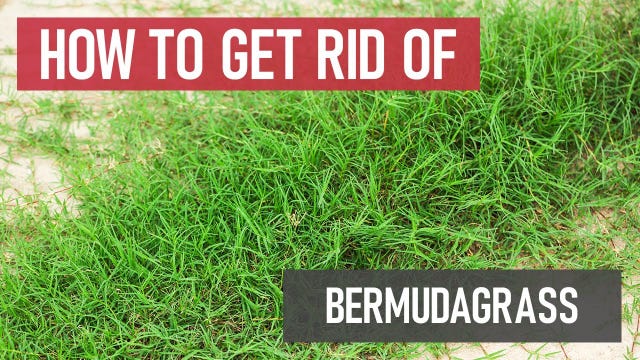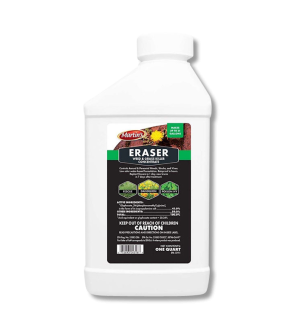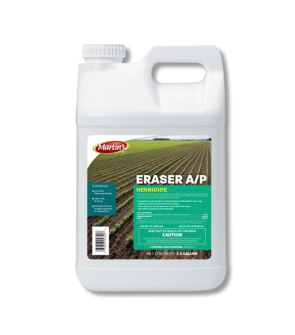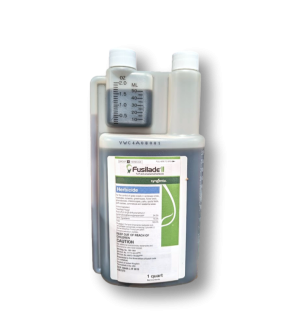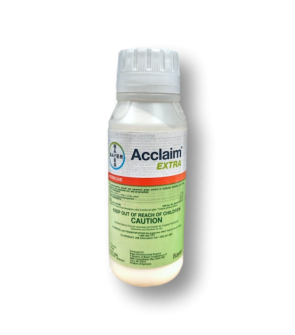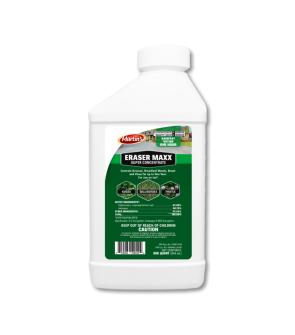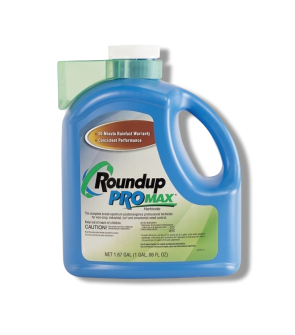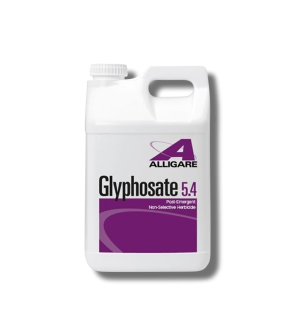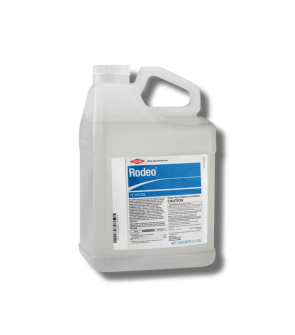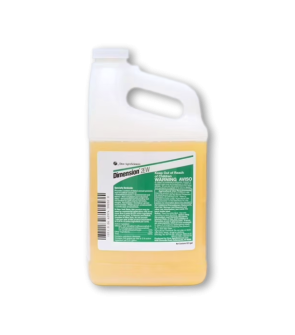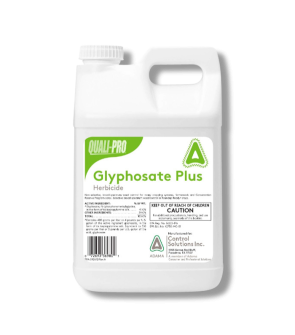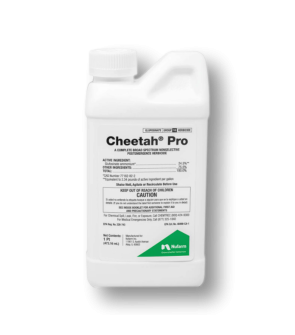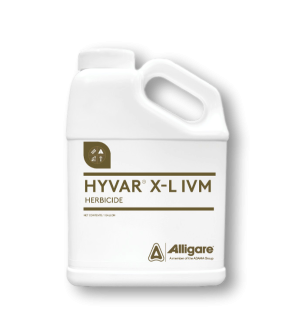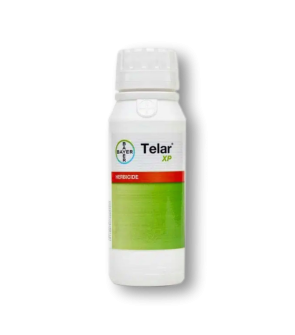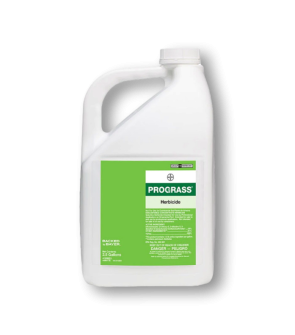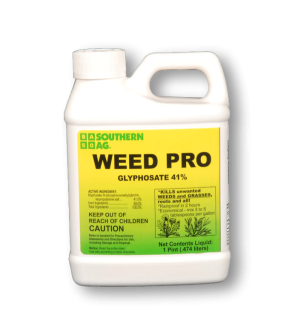Gain access to personalized product screening, the best pricing, rewards, and more!
Most Effective Products
Bermudagrass Control: How to Get Rid of Bermudagrass
This page is a general DIY guide for controlling Bermudagrass. Using the recommended products and methods, you can control Bermudagrass. Follow this DIY article and use the recommended products, and we guarantee 100% control of Bermudagrass.
Bermudagrass, also known as Bahama grass, Couch grass, or Scutch, is a perennial grass found worldwide. Native to the harsh climates of Africa, it can tolerate a wide range of stressful conditions, from heat to drought.
Because of its durability, some lawn owners use bermudagrass as their primary turfgrass. A dense Bermudagrass turf tolerates compaction and recovers rapidly from wear injury. The only situation where Bermudagrass cannot thrive is in moderate to heavily shaded sites.
If Bermudagrass has invaded your lawn, our step-by-step DIY treatment guide will show you exactly how to remove it quickly and affordably.
Identification
Before proceeding with a treatment program, you will need to be certain that you are dealing with a Bermudagrass infestation. Careless identification can lead to using the wrong treatment methods, which can be a waste of time and money. Below are the following characteristics to help you understand what bermudagrass looks like.

- Bermudagrass is a rough-textured grass with short, blunt, or pointed edges. This grass spreads via above-ground roots, known as stolons or runners, that creep along the ground and form dense mats.
- Grass blades can vary in color from light green to dark green. Depending on the type of bermudagrass, it can be very hairy or barely have any hair, but it generally has smooth surfaces. Leaf blades range between 1 to 8 inches long and 2 to 5 mm wide.
- This grassy weed is often confused with crabgrass. The way to tell them apart is that crabgrass has a wider grass blade, brighter coloration, and a tougher texture, whereas bermudagrass has more slender leaves, darker coloration, and a softer texture. However, if bermudagrass grows for extended periods of time, this soft texture can become more coarse.
- As the plant matures, it will form flower stems with 3 to 7 seed heads resembling spikes, each bearing tiny pink to purplish flowers.
Use the description and image above to help you to identify whether your weed is Bermudagrass. If you are having trouble identifying the weed, contact us, and we will identify the weed for you and suggest treatment options.
Inspection
Once you confirm that you are dealing with Bermudagrass, you can move on to inspection. During this phase, you will locate areas where Bermudagrass is thriving and observe the conditions that allow it to thrive. This information will help you know where to focus your herbicide application.

Where to Inspect
Bermudagrass is very heat, salt, and drought-tolerant. As a result, it prefers to grow in areas with full, direct sunlight.
This weed is commonly found in lawns, parks, golf courses, sports fields, and other areas that are not shaded and have proper soil drainage.
What to Look For
From late spring to summer, Bermudagrass can begin to appear as low and dense turf. With its aggressive stolon growth, it will easily overtake barren or grassy areas.
Treatment
Once you have inspected for Bermudagrass, you can proceed with treatment. When handling any pesticide, be sure to wear the right personal protective equipment to cover your skin, eyes, nasal openings, and mouth.
The top herbicide we recommend is Eraser 41% Glyphosate. This is a non-selective herbicide which means it will kill all foliage it comes into contact with.
Step 1: Mix and Apply

Determine how much Eraser 41% Glyphosate you need by measuring the square footage of your target area. To do this, measure the treatment areas' length and width in feet, then multiply them together (length x width = square footage).
For spot treatments, use 2 1/2 oz. (5 Tbs) of Eraser 41% Glyphosate per gallon of water to treat an area of approximately 300 sq. ft.
Mix and apply this product with a handheld pump sprayer for better control.
Once the product is well-mixed in your sprayer, apply it to the Bermudagrass using a fan nozzle setting.
Spot-treat any weed you find during your inspection. Use a fan or cone spray pattern to ensure the leaves are fully coated, and spray the weed to the point of wetting but not runoff.
Even though Eraser 41% Glyphosate is non-selective, you can protect desired plants by creating a barrier with a cardboard box when spraying.
Be sure to spray on calm days when temperatures are not too hot and when wind speeds are low to minimize drift.
Step 2: Reapply if Needed

Most treated weeds usually show initial symptoms in 2 to 4 days and complete kill in 1-2 weeks.
If Bermudagrass is still present, you can make a second application four weeks after the first application.
Complete control may require repeated applications.
If you spray Bermudagrass on turf, the surrounding grass may be injured and must be reseeded.
Prevention
Once Bermudagrass has been eliminated from your property, you will need to implement preventative measures to ensure that it does not return.
- We recommend you promote the health of your turf to reduce the conducive conditions that allow weeds and disease to take hold. Mow your grass at proper intervals to maintain a thick growing density. A lawn dense with taller trimmed grass can better choke out weeds and other unwanted grasses and prevent them from establishing.
- Reduce the shade cast on your lawn by trimming overgrown shrubbery and tree branches, raking away leaf litter and picking up any debris, and employing a proper watering schedule to provide the local grass with enough water to strengthen its roots but not so much that it encourages weeds. Many grasses require 1 inch of water every week. Apply the water all at once in the morning so it has time to seep into the ground without evaporating in the sun.
Key Takeaways
What is Bermudagrass?
- Bermudagrass is an aggressive perennial grassy weed and because of its tendency to be stubborn and persistent, they are a challenge to control.
How to Get Rid of Bermudagrass
- We recommend treating Bermudagrass outbreaks with Eraser 41% Glyphosate.
Preventing Bermudagrass Reinfestations
- To prevent a return of Bermudagrass after control, implement cultural practices to promote a dense, nutrient-rich turf.






